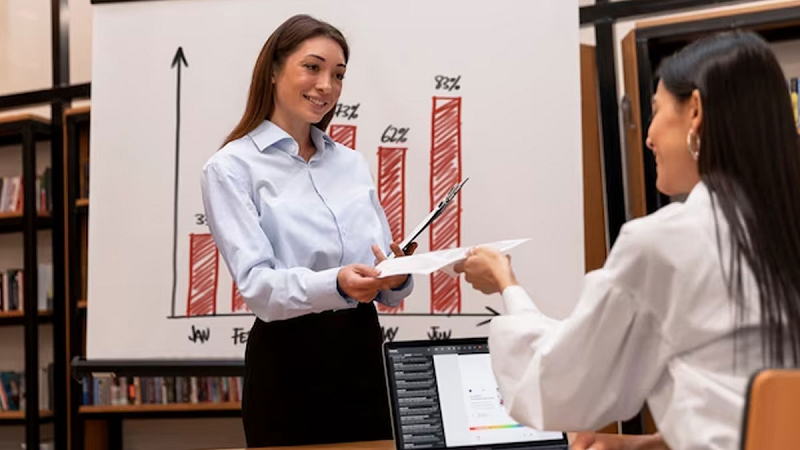Identifying fake GST invoices can be difficult, but with the help of some precautions and information, you can differentiate between genuine and fake invoices. It has been more than 7 years since GST i.e. Goods and Services Tax was implemented in the country. But even today many shopkeepers are taking advantage of it. Cases of GST evasion and fake GST bills often come in the news.
Many businessmen collect money from customers in the name of tax by showing fake GST. Which not only goes into the government's account but directly into the shopkeeper's pocket. Consider whether you too are becoming a victim of this fraud. You can find it out by these easy methods. Here are some ways:
What is a GST bill?

A GST bill is a document issued by a supplier for goods or services sold to a buyer. This document is important for both the seller and the buyer, as it contains financial information that helps both parties determine their tax payments. Does it?
The GST bill should include the following information:
- GSTIN number of the seller
- Buyer's GSTIN number (if applicable)
- Challan number
- Transaction Date
- Description of goods or services
- Quantity and price
- Tax rate
- Tax amount
Check Invoice:
How to verify the validity of GSTIN on the GST portal:
The GSTIN number given on the challan can be verified by visiting the GST portal. If the number is not correct or is inactive, the invoice may be suspicious.
Check Challan Number:
Every valid challan has a unique challan number. Match the number on the invoice with the records of the business that issued the invoice.
Scan QR Code:

Many invoices have QR codes. Scan the QR code and it will help take you to the details of the challan. If the details do not match, the invoice may be suspect.
How to check GST details:

- The supplier's address given on the invoice must match the actual address.
- The HSN code (Harmonized System of Nomenclature) given in the challan indicates the type of goods transacted.
- This HSN code must match the goods sold by the supplier.
- Verify the price quoted on the invoice and the calculation of tax.
- If any alteration is detected, the challan may be suspected.
- To check online, you have to first go to the official website of Goods and Services Tax https://www.gst.gov.in/.
- After this, click on the Search Taxpayer option visible on the website and go inside.
- Here you will see the option of Search by GSTIN/UIN. You can enter the GST number of the supplier.
- After this register the capture code.
- If the GST number is correct then details like the name of the businessman, type of business, state of the businessman, date of registration or public limited will be included. You can get this information.
If you want to file a complaint, you can go to the official portal of GST and file the complaint. Apart from this, you can also complain by emailing cbecmitra.helpdesk@icegate.gov.in.
Image credit: Freepik










